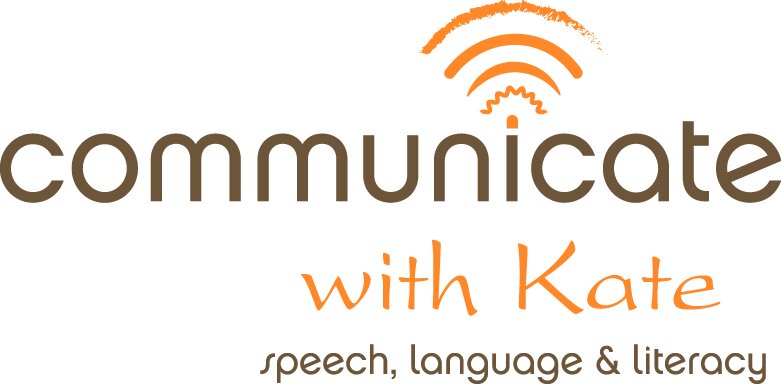Aided Language Input- What is it??
If you've perused the world of speech pathology as a parent, teacher or educator, I'm sure you've come across 'jargon' (i.e. words/phrases specific to the industry that you may or may not understand). Well, there is a LOT of jargon in this field and my goal, as an SLP, is always to use a bit less of it and make sure my clients, families and team members are all on the same page, speaking the same language. One teaching method that is talked about extensively in the AAC (augmentative and alternative communication) community is 'Aided Language Input'. This is a fancy term meaning that the AAC user's communication partner (parent, teacher, therapist) should use the same system to communicate with the user. In doing so, the partner is modeling use of the system and also modeling language for the user. The Aided Language Input link on my resource page takes you to a section of the PrAACtical AAC website with several additional links for more information on this approach so check it out. There are also great Youtube videos there that show you what an aided language approach looks like.
Aided Language Input (also called 'aided language stimulation'), is a research-based approach that helps increase AAC use and language learning. It is recommended that the AAC system (i.e. device/high tech or pictures/low tech) be used 20x/hour to communicate with the user. While this seems like a lot, think about how verbal children are developing language. By age 18 months they have already been exposed to 4,400 hours of spoken language (8hours/day for 18 months). So for our nonverbal children, the goal needs to be to maximize their exposure to their picture-based systems (whether or high tech or low tech). In my mind, this is the 'use it or lose it' concept. When we invest time and effort into using these systems with our nonverbal children, they get exposure, practice and build confidence with their own ability to use the system.
